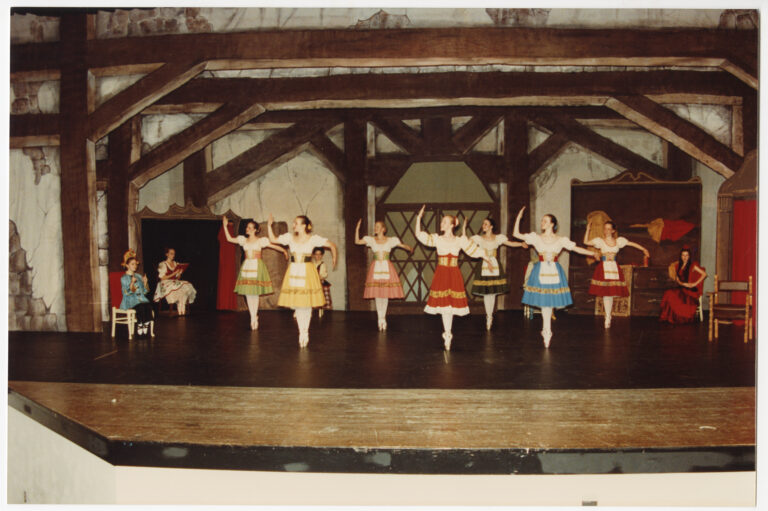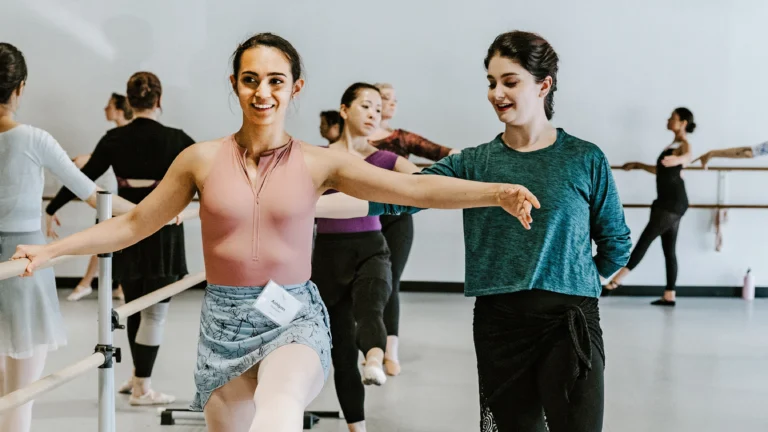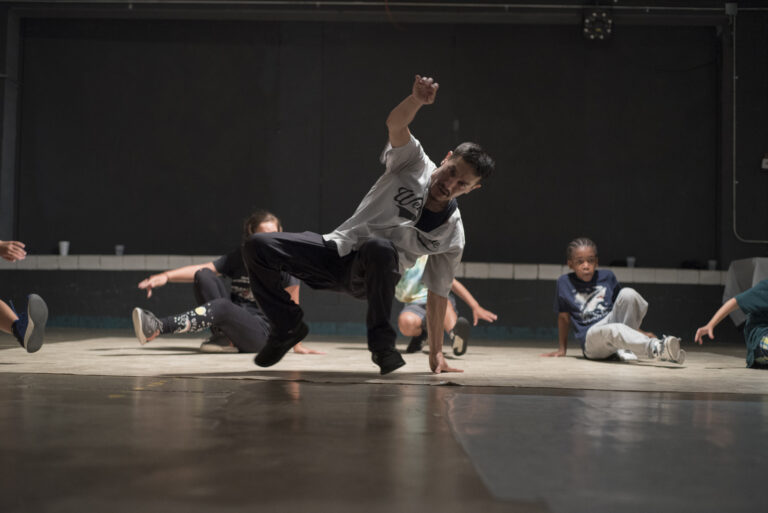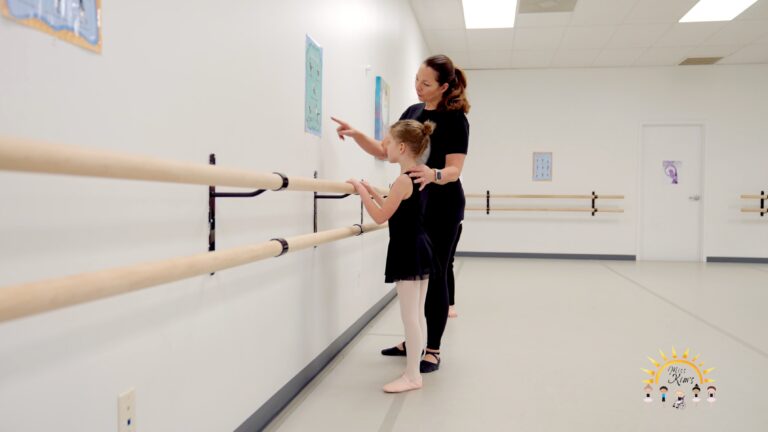
No matter how stellar your teaching or choreo-graphy skills, having a strong resumé is necessary in today’s competitive market.
And it’s not all formatting and bullet points. A resumé is a marketing tool to spotlight why you’re the most desirable candidate to studio owners and convention directors. But let’s be honest, creating one is not a fun and easy task. Selling yourself on paper requires finesse and raises plenty of questions. Do I list every job I’ve ever had? What’s more important: Credentials or experience? Does the one-page format still apply?
Before you panic, follow these simple do’s and don’ts to create an application package that will rise to the top of the stack.
DO: Tweak for Each Job
Job postings are like snowflakes—they’re each unique. Thoroughly read the job description and alter your cover letter to explain why you are the teacher they’re looking for. This can be time-consuming, but it shows you’re paying attention to the details.
DO: Include a Professional Summary
Broadway Dance Center director of educational programming Bonnie Erickson says, “On average we receive at least three resumés a day.” This means if you want to teach at a large, well-known studio, you have to stand out. Use a few short sentences (at the top of your resumé) to impress right out of the gate, so the hiring manager will keep reading.
DO: Make It Readable
Formatting (i.e. good grammar, consistent font, style, etc.) is important. “But I’m a dance teacher not an English teacher, so does it really matter?” you say. Yes! It’s a reflection of you. Make your resumé radiate what you teach your students—flawless execution. And have another set of eyes proofread to ensure an error-free first impression.
DON’T: Let Lack of Experience Hinder You
“For the most part,” says Suzanne Blake Gerety, director of DanceStudioOwner.com, “people are impressed with a teacher/choreographer known nationally for teaching, judging or performing experience. However, a good teacher or choreographer can come directly out of a college program.”
Whether you’ve choreographed for “So You Think You Can Dance” or at your university, your experiences are yours. Own them.
“A great performer/choreographer does not always make a great teacher,” adds Broadway Dance Center executive director Diane King. “All factors are considered—talent, who they know, experience and then how well they actually teach.”
DON’T: Leave Gaps
“Long gaps of unemployment might be a red flag,” says Gerety. Whether you took time off to start a family or recover from an injury, make sure to clarify the reason in your cover letter.
DON’T: List Every Job You’ve Ever Had
“Guest teachers continue to help my business evolve and stay current in the dance world,” says Sue Sampson-Dalena, owner of The Dance Studio of Fresno. Show the studio owner you’re on top of the latest trends by keeping your job history relevant. It’s OK if your resumé is longer than one page, but it shouldn’t be a novel. If your teaching experience is as extensive as your choreography credits, consider creating two resumés. Also, include a link to your LinkedIn profile (a great marketing tool), where you can add more detailed information about your experience.
Further Resources:
“How To Write a Resumé That Stands Out,” Amy Gallo. Harvard Business Review: hbr.org/2014/12/how-to-write-a-resumé-that-stands-out




